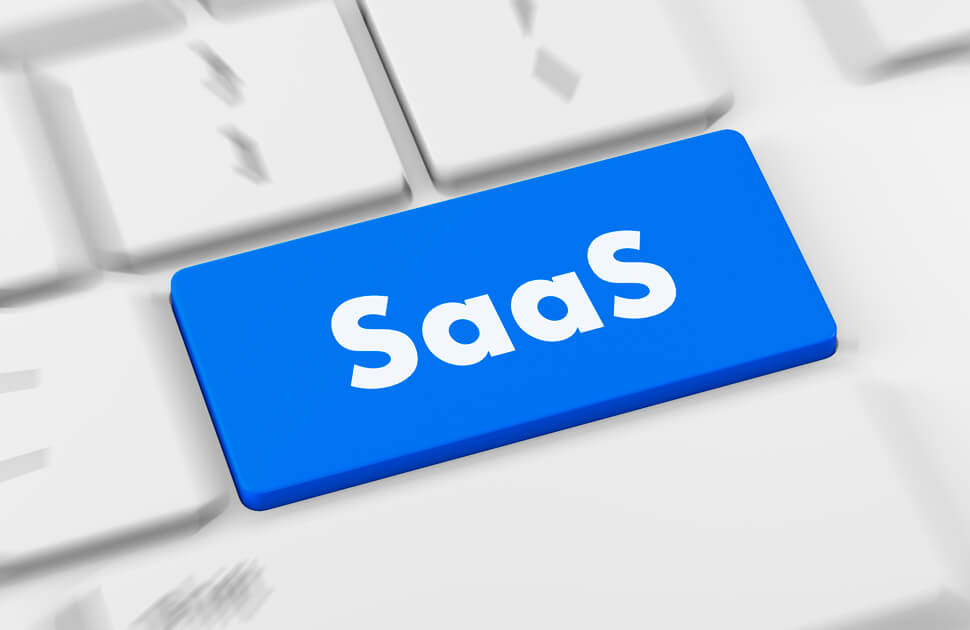Software as a Service (SaaS) is a software delivery method that allows data to be accessed from any device with an Internet connection and a web browser. Very often, the software company provides it on a hosted platform.
Clients access SaaS through web browsers or APIs. They do not need to configure or maintain the software on their own. Simply put, the SaaS model offers users a solution ready for use and they only have to pay a subscription fee to use SaaS tools.
Then, SaaS is a software model in which an external provider makes applications available to users over the Internet and they can change the configuration according to their needs.
SaaS is becoming increasingly popular. Last year, the SaaS market grew by 21.7%. Experts believe that this trend will continue in the future and will reach 132.5 billion dollars by 2020. Today, SaaS offers are available for a wide variety of commercial applications, such as customer service centers, management financial, analysis, business resource planning, etc.
What Differentiates SaaS From Traditional Facilities?
1) Internet Data Delivery
When SaaS is used, it is not necessary to install or run applications in the data center. In addition, no files, folders or installation documents are needed for computers.
All data is stored in the cloud. SaaS applications can be accessed from any Internet-enabled device and location, although some of them are available for installation on the web server.
2) Pay-Per-Use
Actually, there are several payment options for SaaS. A customer using SaaS does not buy an expensive license for software installation. It seems that you rent the service because you pay a monthly subscription fee to access the SaaS application.
Under this option, this payment is recurring. The price of the service depends on different factors, such as a period of use, the number of users or certain activities in the SaaS application. For example, when it comes to a CRM, companies pay for the number of employees who use the tool at the same time.
On the other hand, some SaaS solutions offer limited functions for free. To access advanced features, users must pay a subscription fee. More frequently, SaaS applications offer some tariff plans with different characteristics.
3) The Service Provider Is Responsible For The Support
The main benefit of SaaS is that this software model helps users to concentrate on their work without worrying about maintenance. The service provider is fully responsible for the configuration. In addition, customers do not need to worry about data security and updates because it is the duty of the service provider. Customer service managers of these services are assigned to solve problems. Sometimes, they even provide customers with complete guides on how to work with the service.
In summary:
- By having traditional software, users handle problems manually. When it comes to SaaS, a customer can at any time contact a customer service.
- Users save time because they do not have to install software on each device. All they need is Internet access, login and password.
Therefore, the SaaS model supports the ability to grow, scalability and customers save money by paying for services monthly. Therefore, they can look forward to their future development and have long-term plans.
 Subscribe
Subscribe
 Ask for a demo
Ask for a demo

 3 min
3 min
